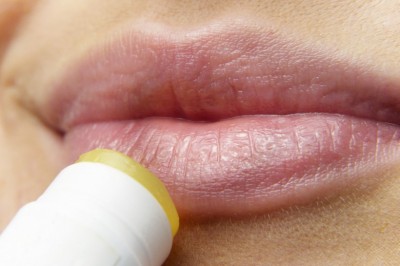Applying Window Tint To Low E Glass
Many homes, typically in homes in cold climates, come installed with Low E glass. Low E stands for low emissive, which in turn means glass that’s quality of surface radiates, or emits low levels of radiant energy. The term emissive is a value given to materials based on the ratio of heat emitted compared to a blackbody, on a scale of 0 to 1. A blackbody would have emissive of 1 and a perfect reflector would have a value of 0.
All reflective surfaces have an emissive rating. The rating for asphalt is 0.90, therefore its reflectance value would be 0.10, as it must add up to 1. Asphalt will absorb and emit 90 percent of radiant energy and reflect only 10 percent. Conversely, aluminum foil has an emissivity value of 0.03 and a reflectance value of 0.97, meaning it reflects 97% of radiant energy and emits on 3%. Today, many windows are designed to have low emissive value and therefore are called Low E. Having Low E does not mean the glass rejects UV nor protects the interior of a building from sun damage. Because of this, many people are questioning whether they can apply window film to their Low E windows.
Professionals who install window film state there are three factors that are taken into consideration before this question can be answered. They include:
- Type of Low E surface used on glass.
- Location of Low E surface in the window system.
- The desired amount of heat gain reduction, heat loss reduction, or other film benefits.
First, you may need to know what type of Low E glass you have, who is the manufacturer and what type of surface was used on the glass when it was manufactured. With Low E glass, for it to be reflective it must have something within the glass to cause the reflection. The glass usually contains small amounts of iron, borosilicate or Pyrex. But this isn’t often enough. Special coatings are also applied, usually coatings with metallic oxides. These coatings are applied to one or more surfaces of insulated glass. These coatings reflect radiant infrared energy, which in turn keeps radiant heat on the same side of the glass from which it originated, all while letting visible light pass. This means, if it is cold outside and you are heating your home from the inside, the heat is kept on the inside. If it is hot outside and your are trying to keep your home cool, the heat is kept outside.
The second issue a professional will ask before applying tint to your Low E glass is with respects to location. They will want to know if the Low E coating is on the room-side surface of the innermost pane of glass. With most Low E windows, which are typically double paned, the Low E surface faces the air space between the panes. If your windows are designed like this, then window film can be installed without worry of heat loss reduction and instead, enhancement to the glass is made.
If you are worried about damaging your Low E windows with window film, know that window film manufacturers such as Huper Optik warranty glass against seal failure and thermal fracture.
Last is the question or discussion regarding what it is you want to accomplish by placing tint on your window. With this knowledge, a window film professional can discuss with you the various types of films available and how each film is unique. For instance, knowing if you want to: reduce heat gain, prevent heat loss, control glare, reduce fading or enhance the safety of your windows and glass doors are assist the professional in helping you choose the right film. If your home already consists of Low E glass, you may want to look into adding to its value with window film.
John OBrien, Vice President of InVision Window Tinting, is a knowledgeable and leading provider of San Antonio window tinting. He is known as one of the best residential and commercial window tinting San Antonio providers. For more information, please visit http://www.invisiontint.com.




























